|
This image was created yesterday, November 25, 2013 at Bosque del Apache NWR in San Antonio, New Mexico with the hand held Canon EF 70-200mm f/2.8L IS II USM lens, the Canon 1.4x EF Extender III (Teleconverter) (at 98mm), and the Canon EOS 5D Mark III Digital camera body ISO 100. Evaluative metering +2 1/3 stops off the white sky: 1/15 sec. at f/13 in Manual mode, with the Hoya 77mm Neutral Density (ND) 0.9 (3-stop) Pro 1 Digital Multi-Coated Glass Filter Central sensor/AI Servo Rear Focus/Suround AF active at the moment of exposure. Click here if you missed the latest version of the Rear Focus Tutorial. Be sure to click on the image to enjoy a larger version. |
Beyond Spectacular Part I
What can I say? 2028 images created. 480 first edit keepers. Denise and I stayed at the refuge from 6am till 5:30 pm. With this being my 19th straight year here at the Thanksgiving season, yesterday was my best day ever at Bosque.
|
This Sandhill Crane image was created with the Gitzo 3532 LS carbon fiber tripod, the Mongoose M3.6 head, the Canon EF 600mm f/4L IS II USM lens, the Canon 1.4x EF Extender III (Teleconverter), and the Canon EOS-1D X. ISO 400. Evaluative metering +1 1/3 stops: 1/1600 sec. at f/5.6 in Manual mode. One sensor to the right of the central sensor/AI Servo/Surround Rear Focus AF active at the moment of exposure. Click here to see the latest version of the Rear Focus Tutorial. Click on the image to see a larger version. |
Snow and Cranes
The combination of fresh white snow and soft grey cranes is a most wonderful color combo. It is hard to make a bad image in these conditions. Here a sandhill picks at a corn cob. Yesterday was only my second decent snow in 21 visits to Bosque.
|
This image was also created yesterday at Bosque del Apache NWR in San Antonio, New Mexico, this one with the Canon EF 24-105mm f/4L IS USM lens and the Canon EOS 5D Mark III Digital camera body ISO 400. Evaluative metering +1 stop as framed: 1/400 sec. at f/16 in Av mode. Please do not ask why I was at f/16. Central sensor/AI Servo Rear Focus/Suround AF active at the moment of exposure. Click here if you missed the latest version of the Rear Focus Tutorial. Be sure to click on the image to enjoy a larger version.
|
Wide Angles
With the birds blasting off every ten minutes, the huge flocks were often directly overhead. I tried at first with the fish eye lens without any great success, but inspired by Denise Ippolito who kindly moved the car so that I could grab my 24-105. I did so with great success.
|
This Ross’s Goose image was also created at Bosque del Apache NWR on the very early morning of November 22, 2013, this one with the hand held Central sensor/AI Servo/Surround–Rear Focus AF as framed active at the moment of exposure. Click here to see the latest version of the Rear Focus Tutorial. Click on the image to see a larger version. |
The “T” Shot
Whenever there is a blast-off there is a good chance that you will have some geese flying over the road. Lenses in the 300-400mm class with and without teleconverters are ideal for creating images of the birds in flight directly overhead. On sunny days it is possible to create some photos with dramatic backlight coming through the wings of the geese. Here, on a cloudy day with snow on the ground, the light reflected off the snow gave this Ross’s Goose a heavenly glow.
|
Same time, same place, with the hand held Canon EF 70-200mm f/2.8L IS II USM lens, the Canon 1.4x EF Extender III (Teleconverter) (at 180mm), and the Canon EOS 5D Mark III Digital camera body ISO 50. Evaluative metering +2 1/3 stops off the white sky: 1/13 sec. at f/14 in Manual mode, with the Hoya 77mm Neutral Density (ND) 0.9 (3-stop) Pro 1 Digital Multi-Coated Glass Filter Central sensor/AI Servo Rear Focus/Suround AF active at the moment of exposure. Click here if you missed the latest version of the Rear Focus Tutorial. Be sure to click on the image to enjoy a larger version. |
Watch Your Blast-off Backgrounds
Hand holding intermediate telephoto zoom lenses makes it easy to frame your blast-off images while striving for a clean lower edge and a clean upper edge. Be sure to watch background elements such as trees or as here, mountains, and to place them in a pleasing location in the image.
Image Questions?
Why was I using the Hoya 77mm Neutral Density (ND) 0.9 (3-stop) Pro 1 Digital Multi-Coated Glass Filter for images #1 and #5?
Why was f/16 a poor choice in Image #3?
Which of the five images is your favorite? Please let us know why.
Bosque Short Version IPT
Not Too Late to Join Us
For information on the version of the 2013 Bosque IPTs please scroll down here. Please shoot me an e-mail if you would like to join us. Please call Jim at 863-692-0906 or e-mail for late registration discount info or to enter.
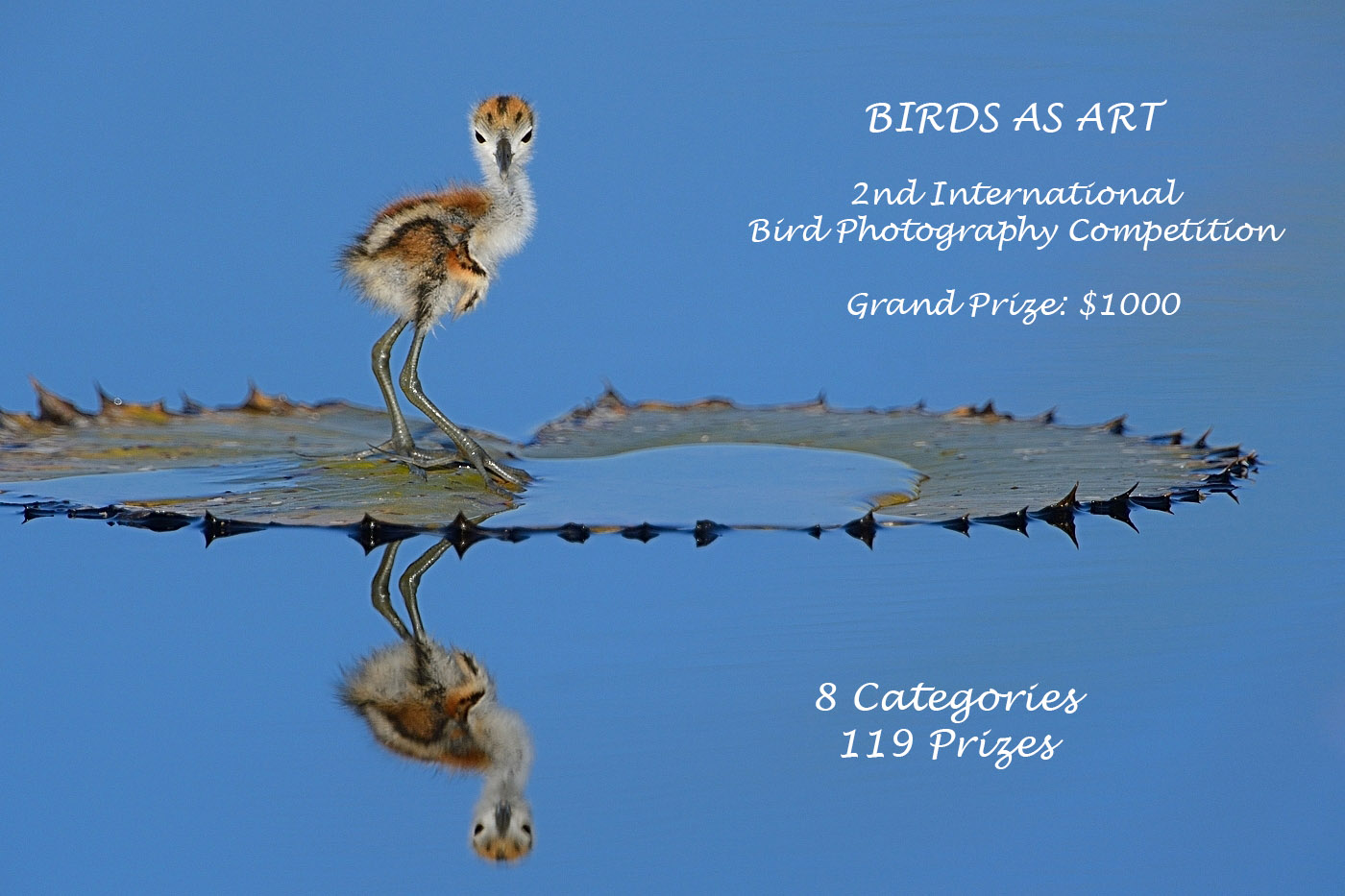
|
BIRDS AS ART 2nd International Bird Photography Competition
Learn more and enter the BIRDS AS ART 2nd International Bird Photography Competition here. Twenty-five great prizes including the $1000 Grand Prize and intense competition. Bring your best.
Support the BAA Blog. Support the BAA Bulletins: Shop B&H here!
We want and need to keep providing you with the latest free information, photography and Photoshop lessons, and all manner of related information. Show your appreciation by making your purchases immediately after clicking on any of our B&H or Amazon Affiliate links in this blog post. Remember, B&H ain’t just photography!




Amazon
Everyone buys something from Amazon, be it a big lens or deodorant. Support the blog by starting your search by starting your search by clicking on the logo-link below. No purchase is too small to be appreciated; they all add up. Why make it a habit? Because I make it a habit of bringing you new images and information on an almost daily basis.
Typos
In all blog posts and Bulletins feel free to e-mail or leave a comment regarding any typos, wrong words, misspellings, omissions, or grammatical errors. Just be right. 🙂
IPT Info
Many of our great trips are filling up. You will learn more about how to make great images on a BAA IPT than anywhere else on the planet. Click here for the schedule and additional info.

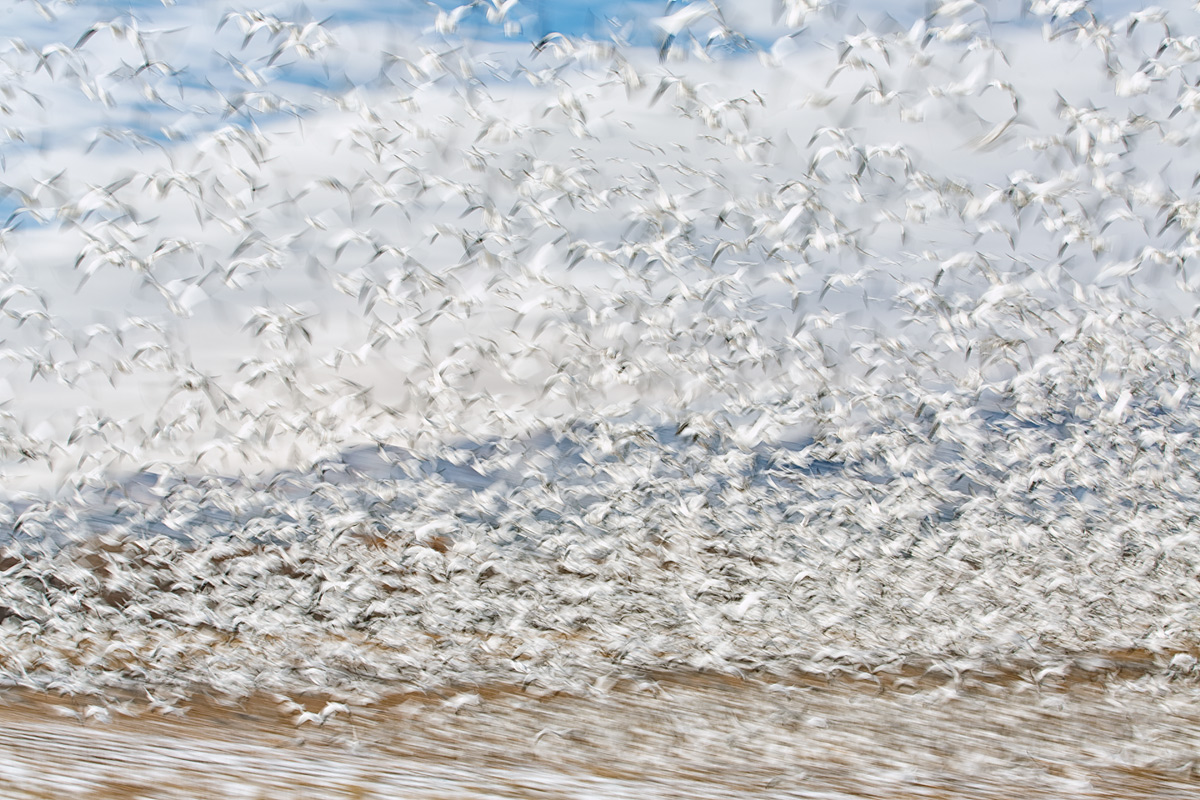
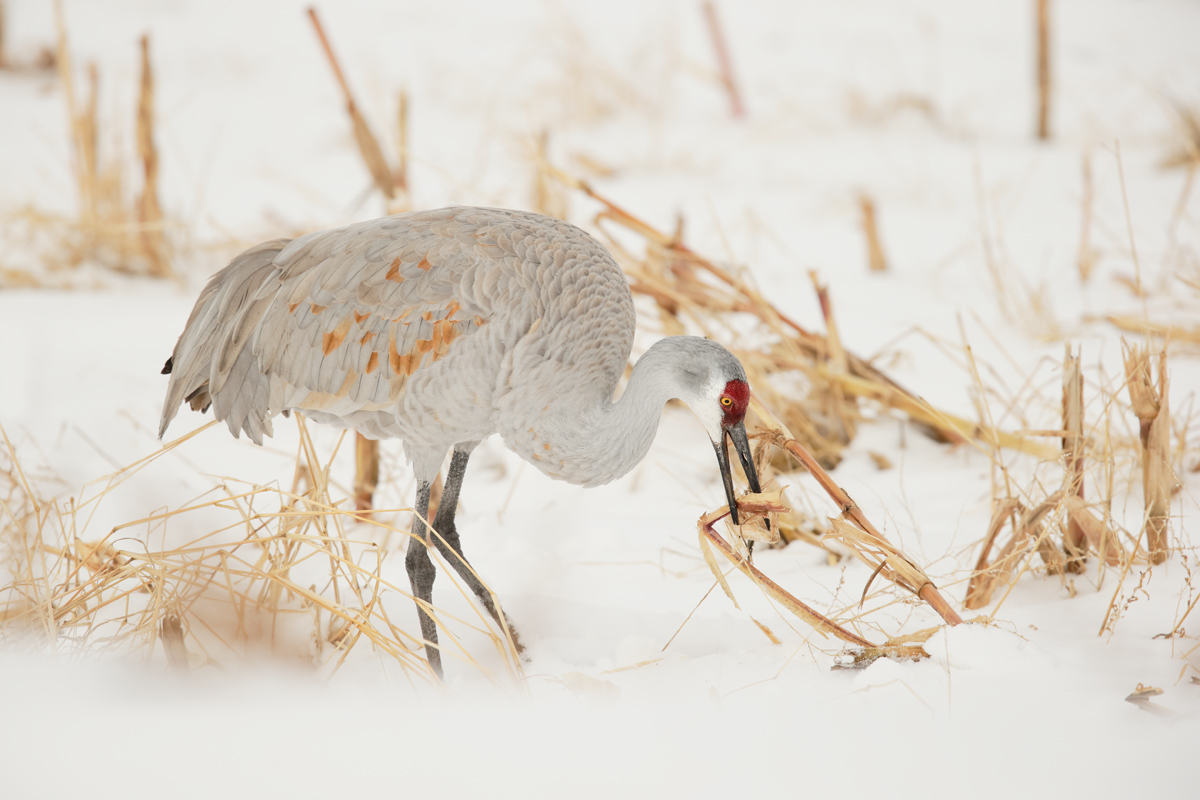
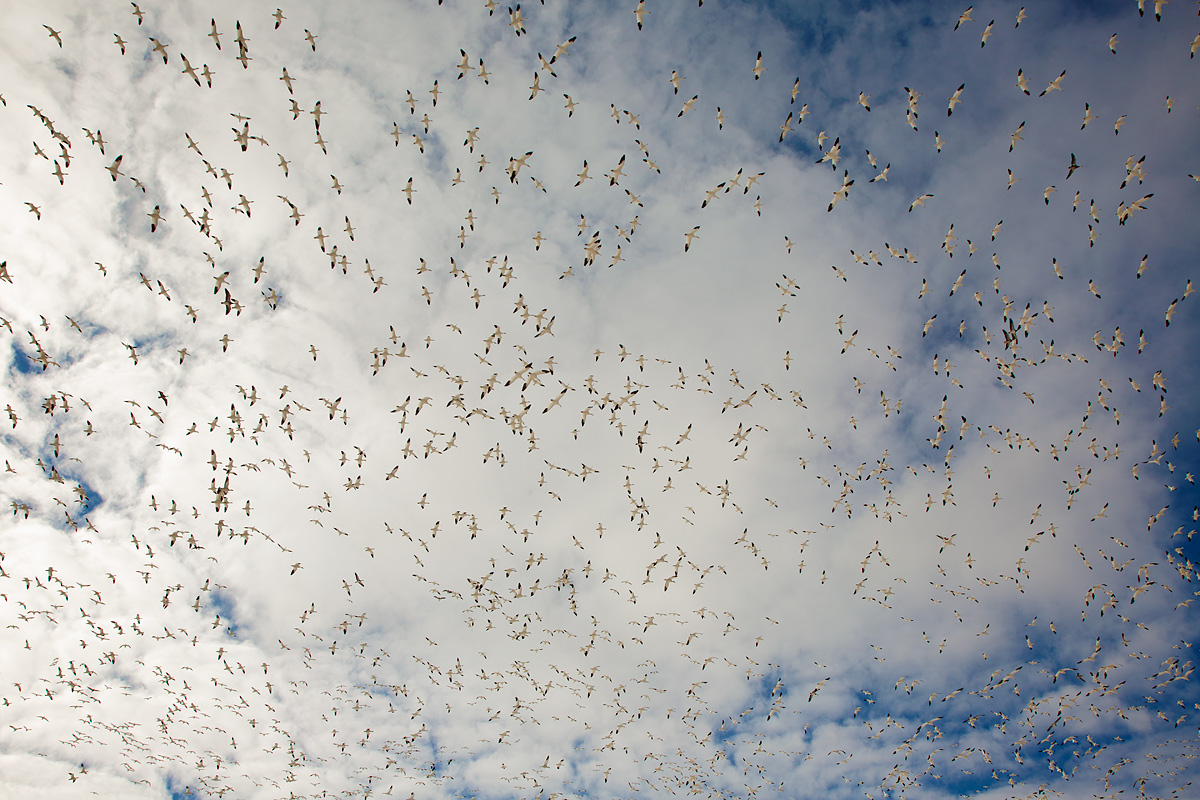
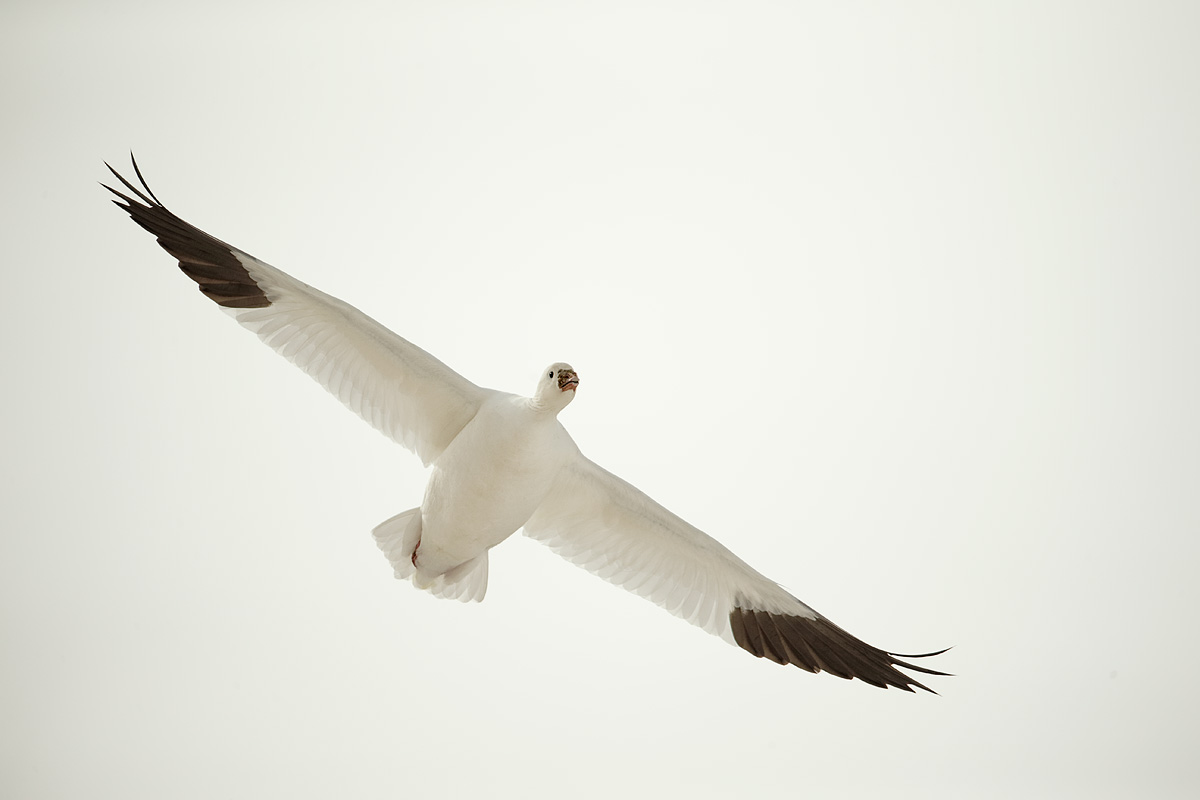
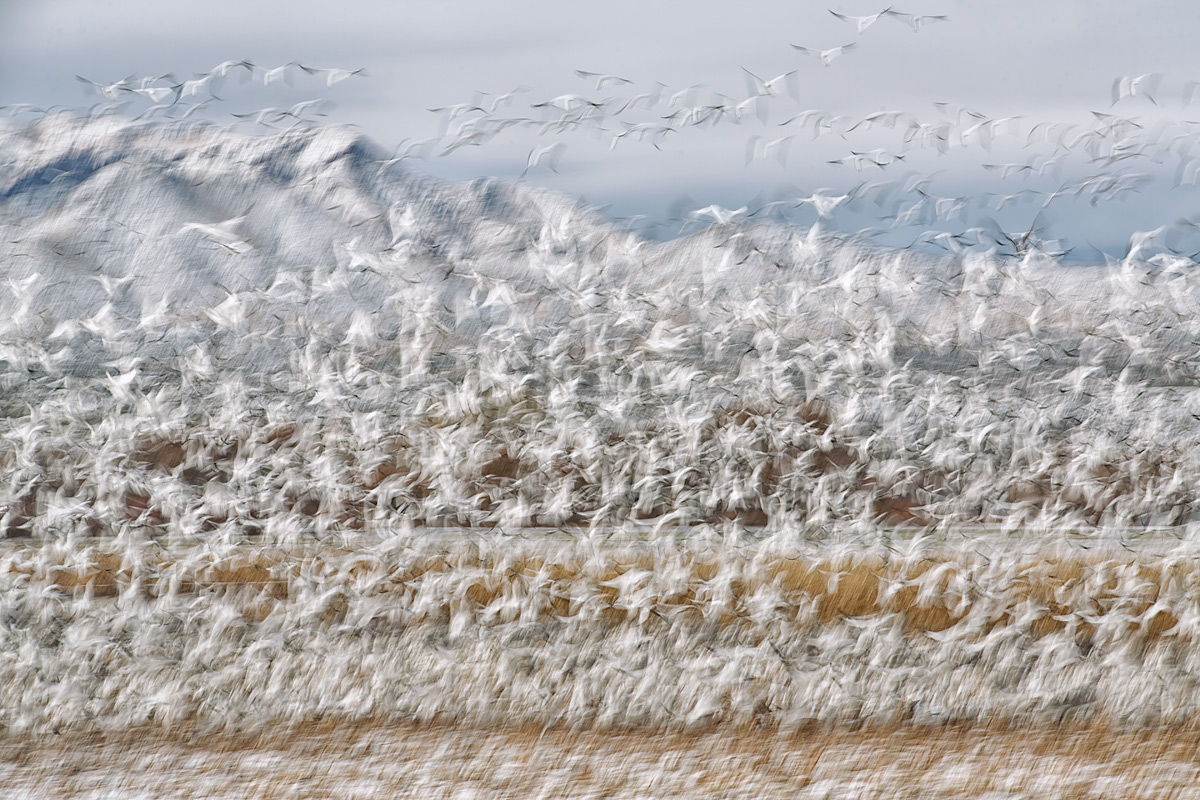













The “Fly Ups” are tremendous. They seem unreal, as most of us have never been there to experience the wonder.
The scale of it all must be exhilarating. Jim Amato
Thanks Jim. The sound can be deafening.
Artie, fabulous images, and a most amazing week! great to catch up and spend time in such an amazing place! hp
Ditto, and thanks again for dinner and the great conversation. later and love, artie
The first and the last are my favorite, with the last just edging out the first. I find some blurs hard on the eyes, these two are definitely not!! If these two were printed large they would, I am sure, would be Spectacular!!
Ted
Glad that you liked them 🙂
All of these are wonderful images with my favorite being #2, the Sandhill Crane. I know others have answered this already but you used a 3 stop ND filter to get the shutter slow enough after metering to get your whites correct. I’m stumped on the f/16 choice but I’d guess it was too much DOF for the sky?
Happy Thanksgiving Artie and thanks for all you share.
Correct in part but here is the real question: why is f/8 always better than f/22 when creating blurs?
I give up on why f/8 is better than f/22. I went back to your ABP II to read again the section on blurs but most of those were shot at small f stop, around f/29 if I remember correctly.
My best guess would be at f/8 the DOF is shallower and won’t show certain things(small items, sensor dust, etc.) in the scene that you would see at a higher f stop which you might use to achieve a slow enough shutter.
Less work cleaning sensor dust is the correct answer. Well done! And thanks for doing the aperture math. artie
Greetings Mr. Artie,
All of these are wonderful and I feel very fortunate to have been there to witness these spectacular and rare moments at Bosque. I can’t imagine the BBC overlooking image #5 – it is amazing and my favorite of all of them and has a dream-like quality to it. Thanks so much for your company and instruction this past week and for your frequent reminders about exposure values as light and conditions changed constantly. You and Denise worked hard to get us in the best positions for the best opportunities that presented themselves. I wish you, Denise and your IPT group a very Happy Thanksgiving tomorrow and huge success throughout your time at Bosque. I hope our paths will cross again – you and Denise were very generous with your time and knowledge and that made this trip all the more memorable for me.
Mr. Dave
Mr. Dave, You are too, too kind. It was great seeing and working with you again. We had a lot more fodder to work with this time. You should join us at Nickerson this summer! Thanksgiving was very low key. I am headed back to the refuge right now with Richard, a private client. And Denise has been working on the Minimag since about 9:30. The sun has been out since you guys drove away. As for the group, I have never seen so many eager to learn happy campers in one spot 🙂
Very impressive blast off images Artie! It seems like Bosque is one of those must go places for sure. 🙂
Best to go with me to make sure that you are in the right spot at the right time.
These are wonderful, Artie. I’m not always a fan of blurs, but these two are great. But my favorite two are the SNGOs overhead, and the SACR in the snow–utterly superb. (And I’m so envious of your experiencing Bosque in the snow.) Say hello to Denise from me.
Hi John, It has been great. Join us next year :). Denise says hi back. later and love, artie
I think you used the Hoya ND filter to allow you to achieve the slow blur speeds you desired (2-3 stops slower)
I believe f/16 was a poor choice because you where in AV mode resulting in a shutter speed of only 1/400 sec
That last image is a stunner Artie!, definitly “Beyond Spectacular”
I been learning to create blurs with my 100-400IS L via your inspiration.
Also,
On the wonderful 2nd shot of the Crane did you mean +1 1/3 stops where it says –
Awesome work Artie! As always.
You are missing the main point on the Hoya filter…. Good on the f/16. Thanks for your kind words, and good job on my exposure brain typo.
I would like to know why in the shot of Sandhill Crane you when -1 1/3 when almost everything is white?
Hi Sergio, Good catch on my typo. Good on you for understanding exposure. later and love, artie
That last images is fantastic! I love them all. It has been a wonderful week so far!
Thanks Lady D. We are rockin’! a
As I sit here in Ohio I’ve turned a shade of envious green. 🙂
For me, by far, my favorite image is the last one. From the mountain peaks in the background to the clean bottom edge, and the bands of tan in the middle, it’s got it all. I also think the amount of blur on the birds is just perfect. Enough to render art in motion, but not so much that they lose their identity.
Cheers
David
Thanks David. I thought that you lived in Florida?
Indeed I do Artie, but I’m in Ohio for thanksgiving. The snow is really coming down!
Thanks and enjoy. Snow rocks!